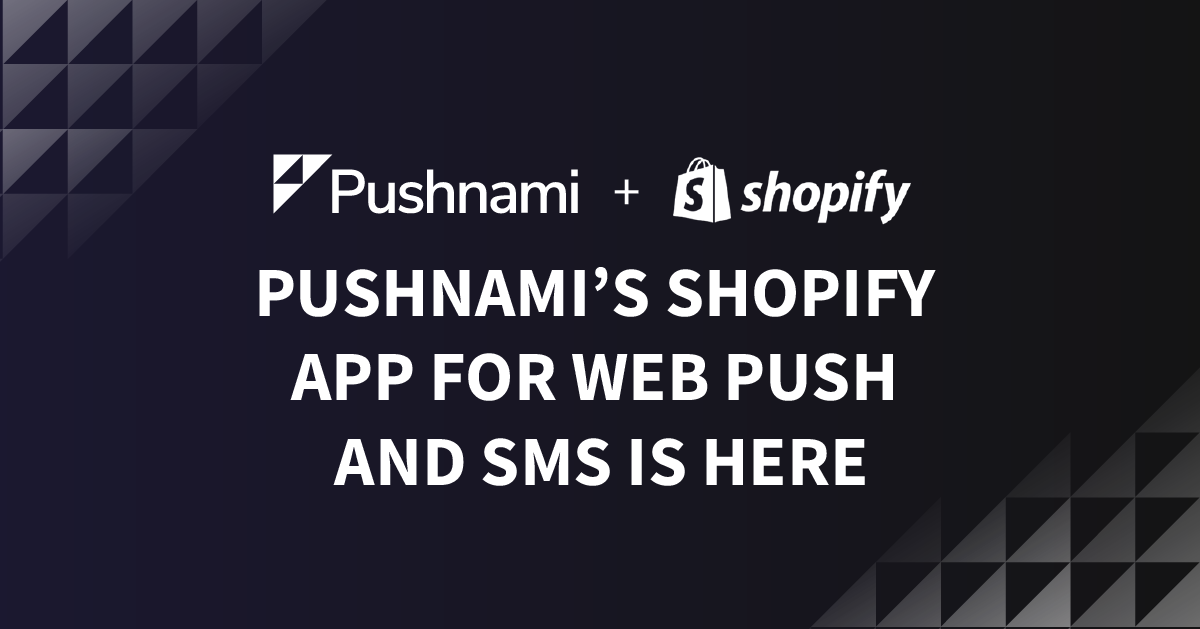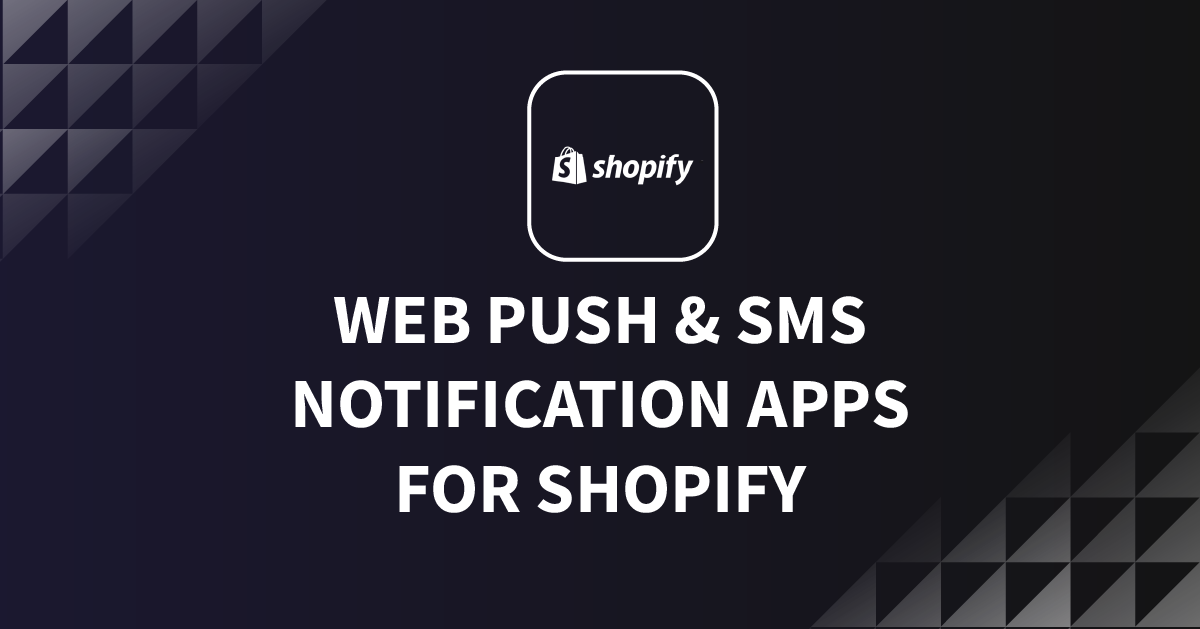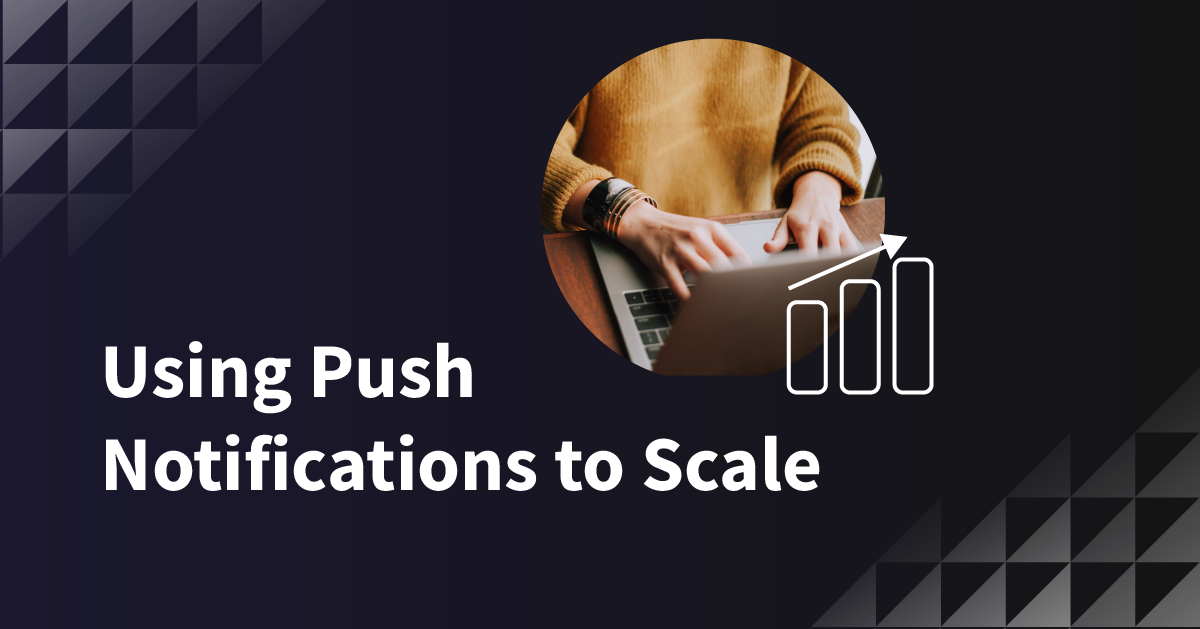The blood, sweat and tears of ecommerce merchants and marketers isn’t over after Black Friday Cyber Monday ends. After all, it’s the holiday season and holiday shopping is upon us. But with 2020 being such a unique and challenging year, brands have their work cut out for them so they don’t damage customer relationships. Being tone-deaf to the recession, people’s livelihoods and the impact COVID-19 has had on their friends and family will result in loyal customers running for the hills.
Nevertheless, those planning on holiday shopping will be flocking to online shops over brick and mortar stores. CNBC reported that the pandemic has “instilled new behaviors in consumers, who are spending more time and money online — a trend that could become permanent.” According to a CouponCabin survey, 29 percent of American adults believe that shoppers will choose to take on debt to maintain the holiday spirit due to the COVID-19 pandemic. So how can you appeal to the masses while remaining sensitive and understanding?
Push notifications! Used correctly and push notifications can work wonders. But when it comes to 2020 and the holiday shopping season in general, the right strategy for deploying these notifications matters. Here’s how to create the kinds of messages customers will appreciate receiving.
Appeal to emotions
Conversions these days require empathy. That’s right, the emotional connection to a brand is exceedingly critical in our digital-first world. Craft push notifications that point toward a mission-driven or value-based sentiment. Appealing to people’s emotions can help build a bond between your customers and your business.
Another great way to build an emotional connection is by nurturing prospects through push notifications over time. Discover which emotional motivators make up your target market and use strategies to form personalized connections. Studying archetypes such as nostalgia, ritual and enhancement can help shape your future marketing efforts, too. Emotions remain a driving force behind most purchasing decisions. Consumers expect brands to connect with them in a human way. Brands must learn to tell stories of their unique benefits and offerings in non-intrusive fashions that don’t come off as pushy or salesy.
Play to impulse
Impulse buys make up about 25 percent of all holiday purchases. While that’s something that happens more naturally during the hustle and bustle of in-person sales, you can emulate the thrill with the intelligent use of push notifications. For example, let your customers know when you have new holiday lines or products going live. The exclusivity of checking out something new drives open rates and appeals to the human sense of satisfying that impulsive urge.
Timing matters
Consumers are willing to wait for the best deals, but the timing of when they receive word of upcoming sales matters. Before scheduling out your holiday push notification campaign, keep in mind that particularly this year, shoppers with tight budget constraints need advance notice to plan for promotions. Push out your campaign too late and risk alienating this segment of your prospects.
Urgency works
Sending price drop alerts is one way to create a sense of urgency. Another way is to drive traffic to your app with a flash sale, or a special holiday-themed limited time offer. Prospects are more likely to get your push notification in time to access a flash sale over an email marketing campaign.
Reward loyalty
If a customer has interacted with your sales push notifications before, offer them more loyalty points, shipping incentives or a free holiday-themed gift with their order. Consumers remember which brands reward them for supporting their business.
Make it personal
Promotional offers flood consumers in November and December every year. The best way to stand out from the crowd is through personalized messaging. Include recently viewed products, vouchers and loyalty points in your alerts. Use a push notification vendor that uses proprietary insights to select optimal offers for each subscriber based on which time they’re most likely to engage. Pushnami allows clients to maximize results based on variables such as location, device type, activity history and propensity to buy.
Abandoned cart
Set up abandoned cart alerts to ensure shoppers who put items in their cart but navigate away from your site before purchasing have a chance to complete their transaction. When a consumer is spending a lot of time “window shopping,” like during the holidays, it’s easy for them to get sidetracked while comparing competitor pricing. Make it simple for them to checkout and increase your conversion with push.



